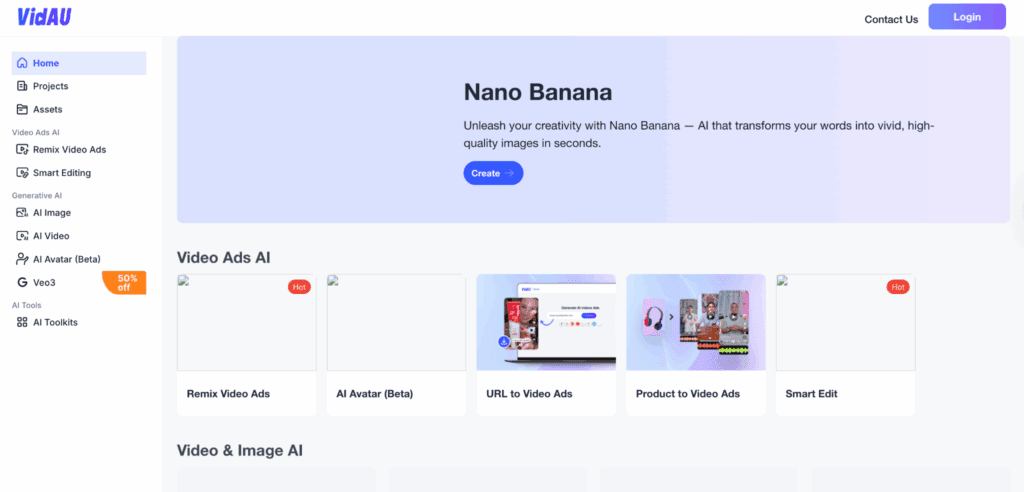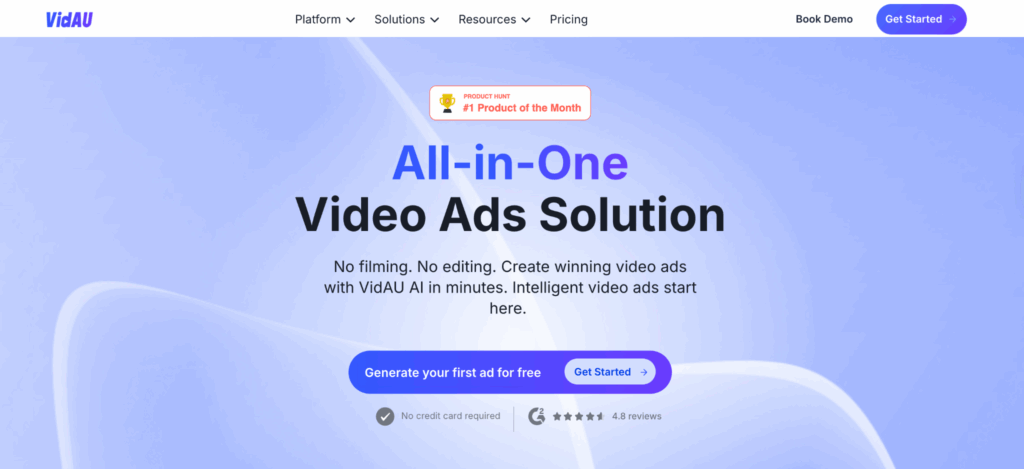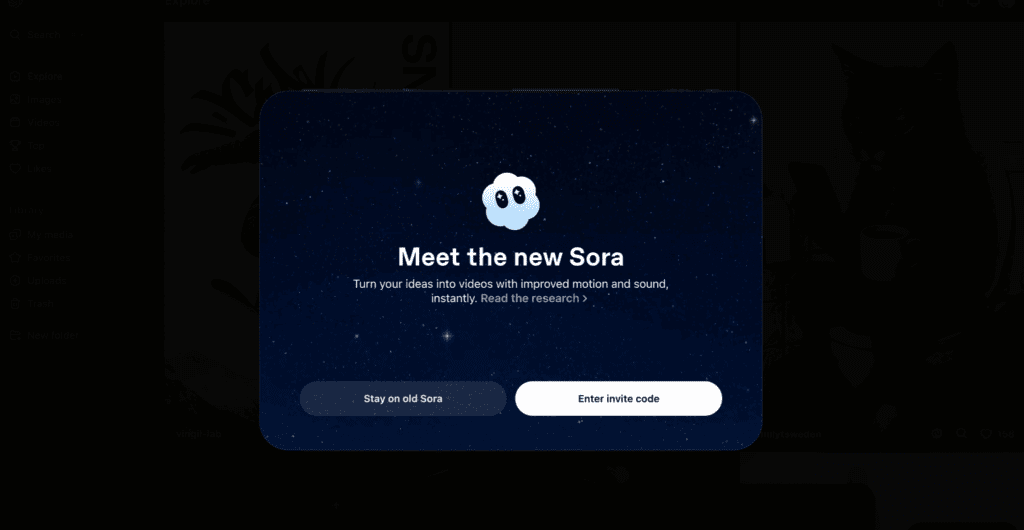How To Extract Music From Video Without Losing Quality
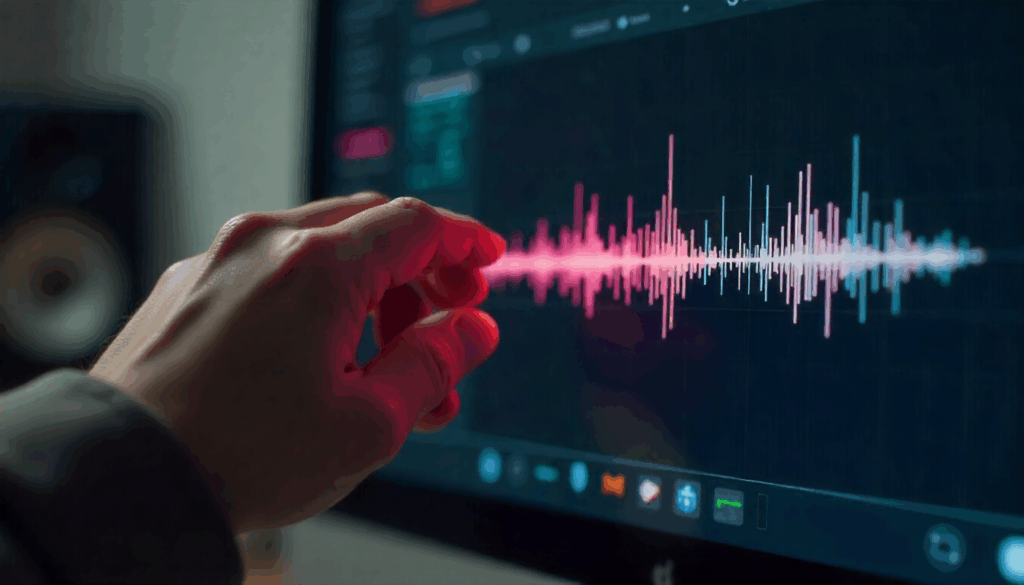
If you came here to extract music from video quickly and cleanly, you are in the right place. This guide shows step by step how to get great audio without tech drama.
What Is Audio Extraction And How Does It Work?
When you extract audio, you copy only the sound track out of a video file and save that sound as its own file. Think of a video as a suitcase with picture, sound, and sometimes subtitles. During audio extraction, you unzip the suitcase and keep just the audio. After that move, many people extract music from video for ringtones, reels, podcast intros, study loops, and DJ edits.
How To Extract Music From Video With AI
For a fast start, open VidAU’s free tool. It runs in your browser, so there is nothing to install. With it, you can extract music from video in under a minute.
- Copy the video link you want.
- Paste it into VidAU AI’s converter.
- Pick MP3 and choose a bitrate that fits your goal.
- Click convert, then download the file.
You now have clean audio ready to tag or edit. If you often convert video to MP3, this simple process saves time. It also supports common needs like YouTube to MP3 when you have rights to use the audio.
Which Format Should You Use To Extract Music From Video?
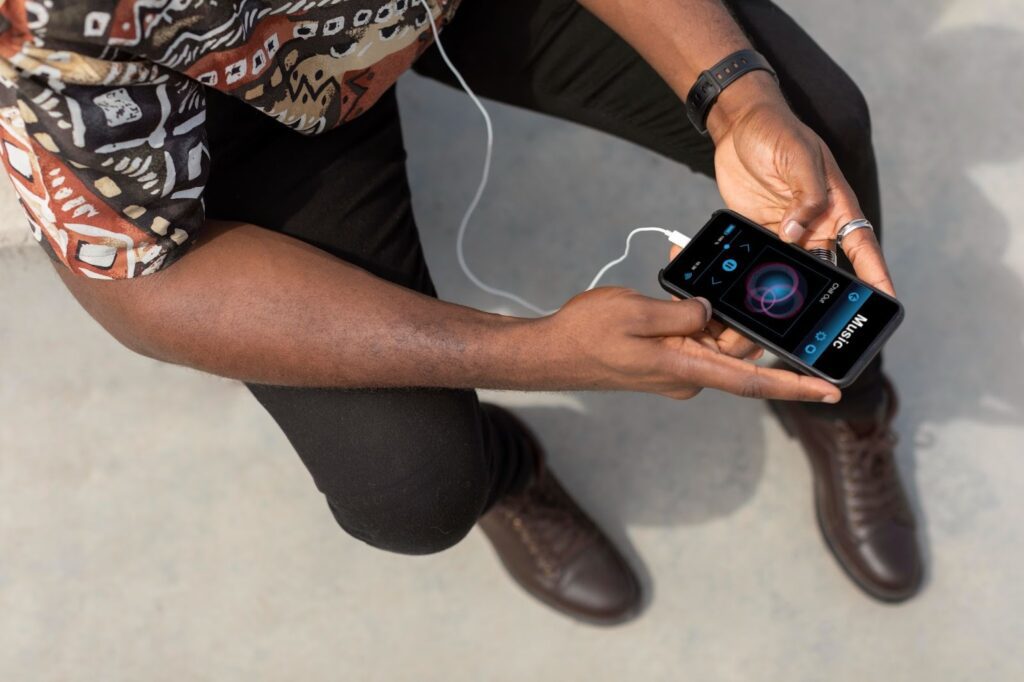
Choosing the format affects size, speed, and sound. For sharing, MP3 works nearly everywhere. For editing, WAV or FLAC keeps all the detail. With the right pick, you extract music from video once and create versions for every platform later.
| Format | Type | Best Use | Typical Size | What To Know |
| MP3 | Lossy | Sharing and everyday playback | Small | Sounds great at 256 to 320 kbps |
| WAV | Lossless | Editing and archiving | Large | Keeps every sample for production work |
| AAC | Lossy | Phones and streaming | Small | Efficient for voice at 128 to 192 kbps |
| FLAC | Lossless | Music libraries | Medium | Compresses without quality loss |
How To Extract Music From Video With VLC
VLC is free, popular, and runs on most computers. It lets you pick a file, choose an audio format, and export the track.
- Open VLC.
- Go to Media, then Convert or Save.
- Click Add and choose your video file.
- Click Convert or Save at the bottom.
- In Profile, pick Audio – MP3 for small files, or Audio – FLAC for lossless
- Click Browse, choose a destination folder, and give the file a name that ends with .mp3 or .flac.
- Click Start. VLC will process the file. When the progress bar finishes, your audio is ready.
When Is It Legal To Extract Music From Video
Rules vary by country and by platform. If you own the content or have permission, you can extract music from video for personal use. For public posting or commercial use, request a license. Also, use trusted tools to avoid shady popups or malware. A reputable audio extractor online helps you stay safe. Remember that YouTube to MP3 describes a method, not permission.
Why Do Files Go Out Of Sync When You extract Music From Video?
Two common issues cause trouble. First, variable frame rate video can shift timing, so the audio drifts. You can convert the file to a constant frame rate, then try again and extract music from video cleanly. Second, hiss or hum often comes from a poor source. A quick noise reduction pass in Audacity helps. Normalizing to around minus 14 LUFS also evens out levels for web playback.
CONCLUSION
With a smart plan and the right tool, you can extract music from video in minutes and keep the sound clean. VidAU AI makes YouTube to MP3 quick in the browser, VLC handles long local jobs, and FFmpeg brings full control for power users. Choose the format that fits your goal, respect rights, and enjoy the result.
Frequently Asked Questions
Can I Do This Without Installing Anything?
Yes. A reputable audio extractor online is the easiest path. Open your browser, paste the link, choose MP3, and click convert. VidAU AI is clean and simple, so you can extract music from video with almost no learning curve.
Is MP3 Good Enough For Music?
Often yes. At 256 or 320 kbps, many listeners do not hear much difference in casual tests. If you plan to edit later, export to WAV or FLAC first. Then make a sharing copy. That way, you extract music from video once and keep a high quality master.
Is There A Safe Way To Do YouTube To MP3?
There is a safer way. Use trusted tools, avoid popups, and follow the rules. YouTube to MP3 is a method, not a free pass. VidAU AI is a good pick for public content that you are allowed to use.
What Settings Should I Choose For Best Results?
For music, 320 kbps MP3 sounds great to most people. For voice, 128 to 192 kbps is fine. For editing, use WAV or FLAC. With the right settings, you extract music from video and avoid extra conversions later.
What Settings Should I Choose For Best Results?
Start with VidAU AI if you want speed. Try VLC for local files or batches. Use FFmpeg when you need scripts or exact control. Each one can convert video to MP3, and each one helps you extract music from video reliably.
